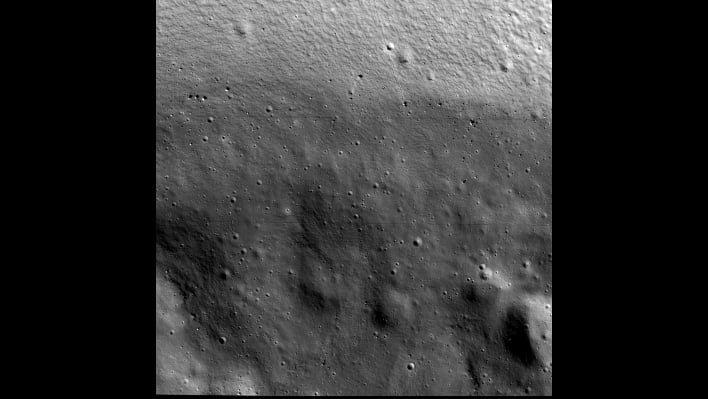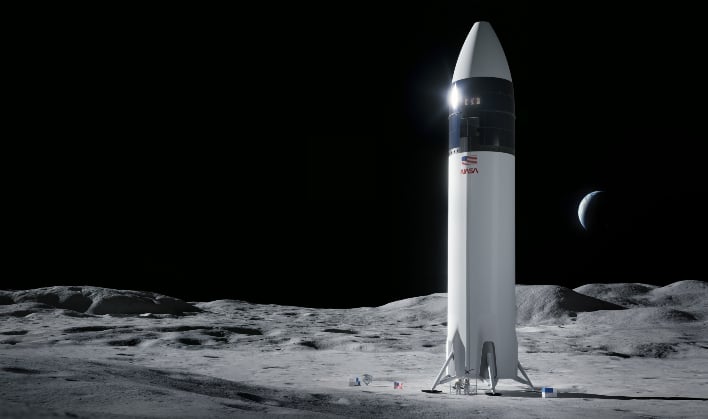NASA Reveals Plan To Put An Instrument On The Moon To Gaze Into The Universe's Dark Ages
The Dark Ages of the Universe are believed to have occurred between around 380 thousand to 400 million years following the Big Bang. It is a time when the first stars and galaxies began to appear in the vastness of space. LuSEE will provide a unique opportunity for NASA to gaze back into time using radio waves, in an attempt to understand how the first "non-luminous matter" transformed into the stars and galaxies that we see in the night sky today.

It is impossible to measure the radio waves from Earth, due to our planet's opaque ionosphere and the noise from Earth's constant "pollution" of the inner solar system with radio waves, according to a recent NASA blog. The Moon presents a seemingly perfect setting for the instrument, due to its lack of an ionosphere and lack of harmful radio emissions on its far side.
The "far side" and "dark side" of the Moon are often conflated but have different meanings. The moon is tidally locked to Earth, so the far side is always facing away—out into space. The dark side refers to lunar night, which is whatever side of the Moon is facing away from the Sun, which changes throughout the lunar cycle. The two are effectively one in the same only during a Full Moon.
The instrument will be delivered to the Moon on a future Commercial Lunar Payload Services (CLPS) flight. Once on the lunar surface, it will use deployable antennas and radio receivers to hopefully observe the sensitive radio waves from the early Universe.

Paul O'Connor, a senior scientist in Brookhaven's Instrumentation Division and LuSEE-Night Project Instrument Scientist, explains that there is a reason why only one robotic rover has landed on the lunar surface in the past 50 years, and six have landed on Mars. He says that the Moon presents a vacuum environment that makes removing heat very difficult, along with "a bunch of radiation."
How the instrument will be powered is also an issue that must be resolved. O'Connor stated, "The power has to come from a battery, which can only be so efficient based on its size. More powerful batteries are heavier, and a flight mission to the moon has a strict mass limit." Therefore, the team must find viable trade-offs between power and sensitivity.
"This measurement is very challenging, radio emissions from the galaxy is very bright and our Dark Ages signal is hiding behind it," a LuSEE-Night science collaboration spokesperson stated. "Every time we have opened a new frequency window in cosmology, we have unlocked new discoveries about the history of the Universe and our place within it."


